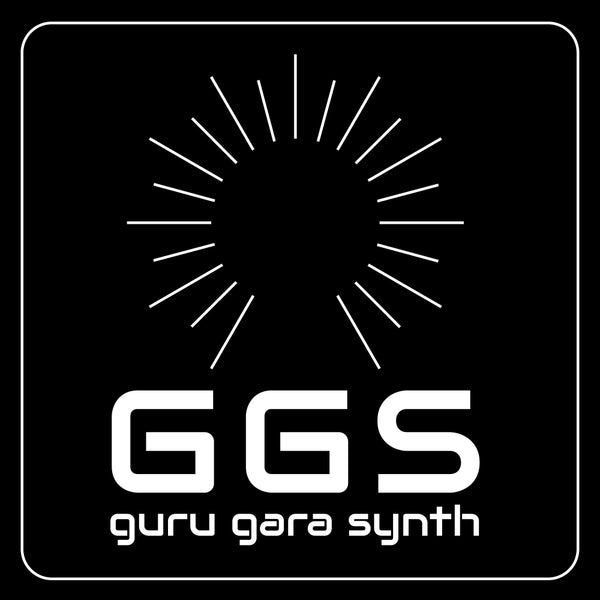The 3340 VCO (Voltage-Controlled Oscillator) is a powerful and versatile sound module capable of producing a wide range of sounds, from edgy squares and ramps to smooth triangles and sines. Its extensive control options, including sync, frequency modulation (FM), and pulse width modulation (PWM), allow for a high degree of customisation and sonic flexibility.
Timing Capacitor: A Crucial Component
One of the key factors influencing the stability and precision of the 3340 VCO is the timing capacitor, labeled C9 in the circuit diagram. To ensure optimal performance, it's recommended to choose a capacitor with a low tolerance. Silver mica or polystyrene capacitors are excellent choices due to their superior stability and low leakage current.
Why low tolerance capacitors matter:
- Accurate frequency control: A low tolerance capacitor helps maintain a precise oscillation frequency, preventing unwanted pitch fluctuations.
- Improved stability: These capacitors are less susceptible to temperature variations and aging, ensuring consistent performance over time.
- Reduced noise: Low tolerance capacitors can help minimize noise and distortion in the audio signal.
By selecting a high-quality timing capacitor, you can enhance the overall stability and accuracy of your 3340 VCO-based project.
Calibration: Fine-Tuning Your VCO
To ensure optimal performance and accurate pitch, the 3340 VCO requires calibration. Here's a step-by-step guide:
Scale and High Frequency Trimmer Calibration
- Connect a voltage source: Connect a voltage generator (like a keyboard) to the 1V/octave input of the VCO.
- Tune to C1: Play note C1 (1 volt) on the keyboard and use the Tune and Fine Tune knobs on the VCO to adjust it to C1.
- Adjust scale trimmer: Press C2 (2 volts) and adjust the scale trimmer on the VCO to tune it to C2.
- Refine tuning: Return to C1 and ensure it's still tuned accurately. If necessary, use the Tune and Fine Tune knobs.
- Fine-tune C2: Press C2 again and fine-tune it using the scale trimmer. Repeat until both 1V (C1) and 2V (C2) are tuned accurately without adjusting the scale trimmer..
- Repeat for C3: Repeat the process with C1 and C3, ensuring accurate tuning with both coarse and fine adjustments.
- Check upper octaves: Check the upper octaves for fine-tuning using the scale trimmer.
- Adjust high frequency: Press C9 (9 volts) and adjust the Hi Frequency trimmer to tune the VCO to C9.
Pulse Width Calibration
The PW adjust trimmer controls the endpoint of the square wave cycle. Adjust it to a point just before the wave disappears when the PW pot is turned all the way up.
By following these calibration steps, you can ensure that your 3340 VCO produces accurate pitches and waveforms, allowing you to create a wide range of sounds with precision and control.
For a visual demonstration of the calibration process, check out this helpful video tutorial.

